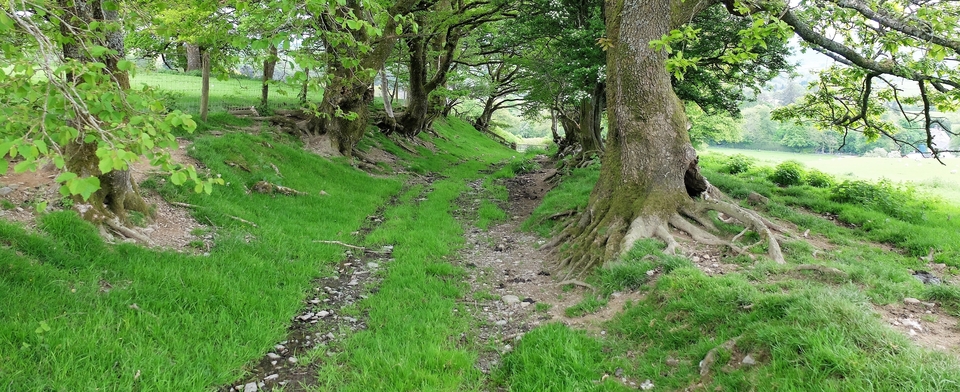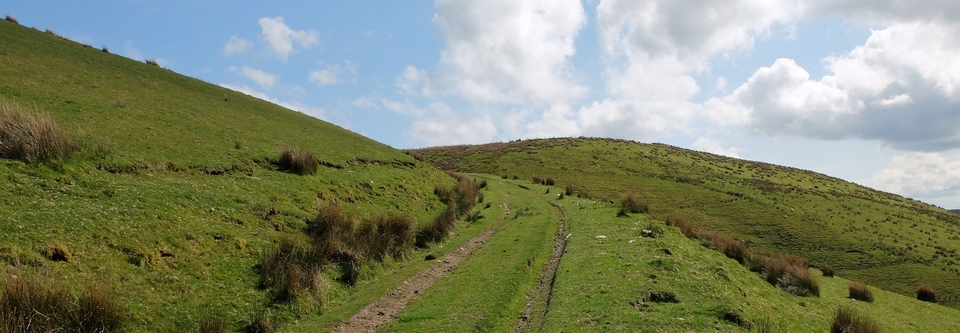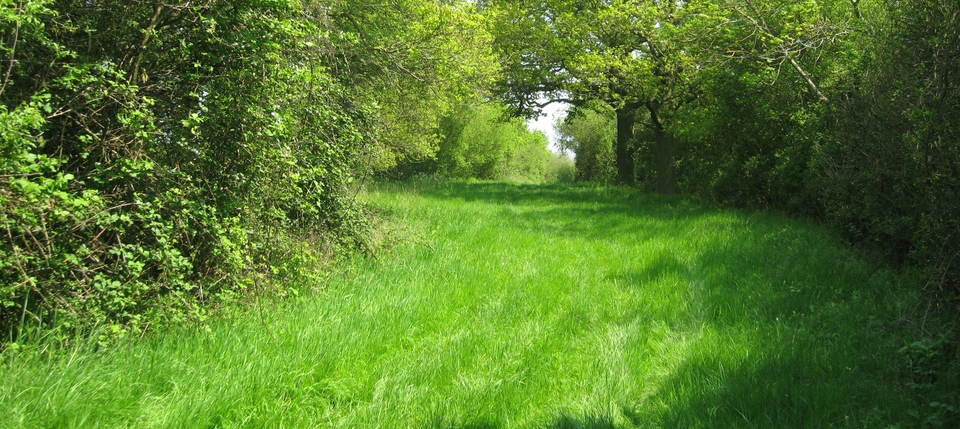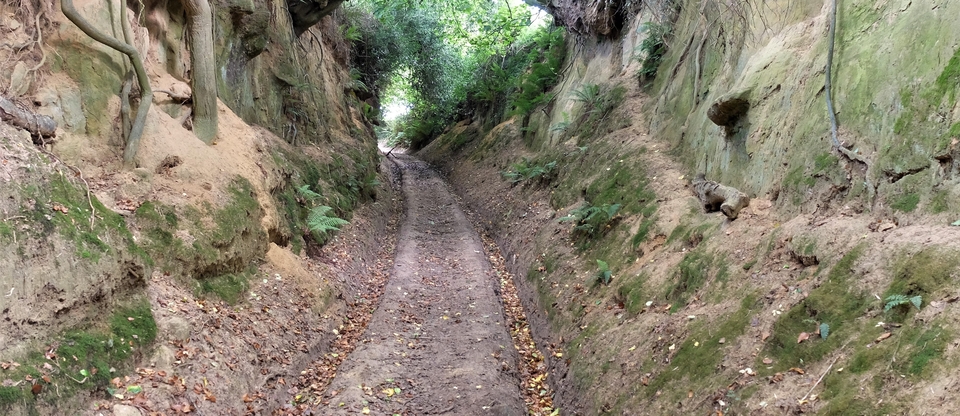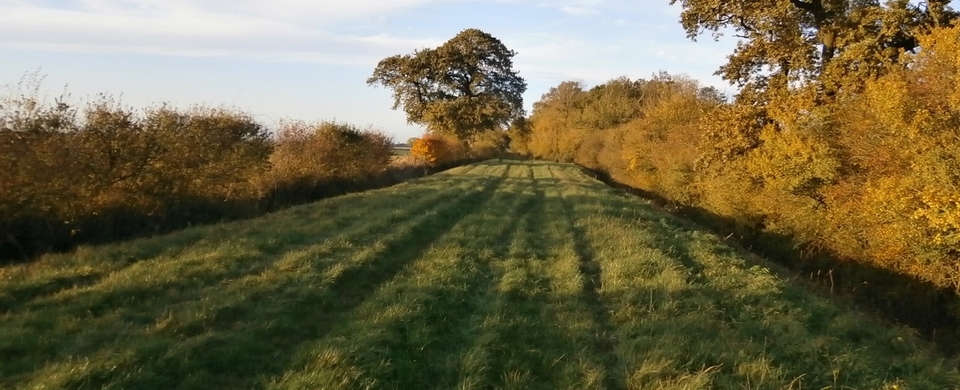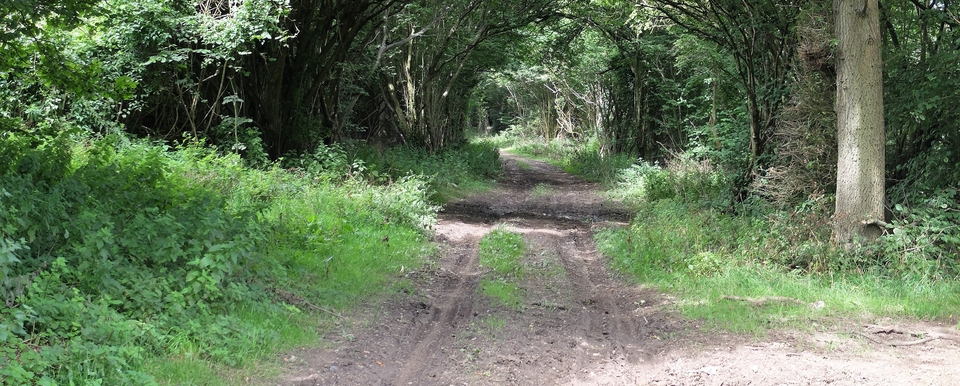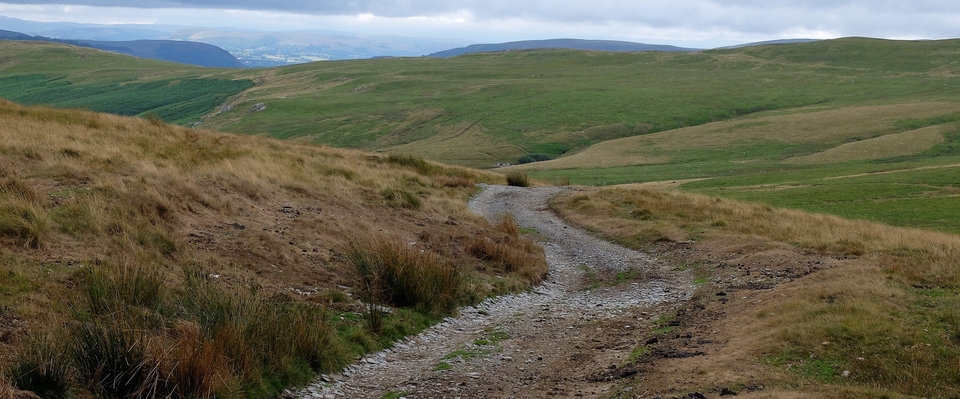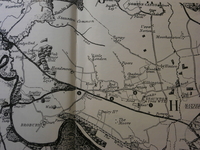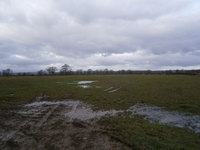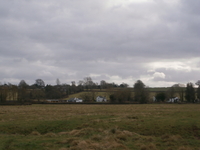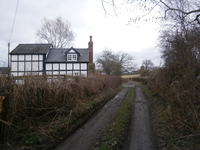Staunton-on-Wye
Little London, Staunton-on-Wye
I've been a fan of John Trimmer's website www.llundainfach.co.uk for some time: he talks about the hardships of droving, the routes and methods of avoiding tolls, and tells tales of Welshmen bewildered (and ripped off) by the wiles of London prostitutes. And lots more.
His main theme, however, is “Little Londons”, settlements established on the outskirts of villages, by or for Welsh drovers shy of entering established communities. All outsiders used to be treated with suspicion; how much more so when they spoke Welsh, were overly fond of ale and had the doubtful reputation itinerants always carry? He has found over 100 in various parts of the UK, but most have been subsumed into the villages they were originally on the edge of.
Not so Staunton-on-Wye (SO 360460). It is still a separate and recognisable hamlet, and (according to Kay, who lives there) it used to boast an alehouse, a bridewell [prison] and a brothel. Seven dwellings are clearly marked on Bryant's 1830 map of Herefordshire (#1)*, but more have appeared since (#2).
The idea of a feature on Little Londons occurred to me when listening to Angus Winchester speak at the Chilterns Commons Project's conference Our Common Heritage. He said that poor or dispossessed villagers often built houses (unofficially, and probably overnight) on the edges of commons, where they could scratch a living and graze their beasts. How likely then that they would be joined by outsiders from Wales, with a similar fear of being labelled as 'different'. Especially if the moniker was designed to attract men going south-east? Dick Whittington fell for that one too.
Drovers had plenty to offer too: money, manure, and the comradeship of the underdog. In return, they would be allowed (free?) grazing on common land – “against the rules”, as John Trimmer puts it, because strictly speaking commoners' rights were reserved for the folk of Staunton. But it would be easier and safer to turn a blind eye to that when the incomers arrived late in the evening and were gone by the next morning. Also Staunton Common was owned by the Church, which was supposed to care for the poor...
We approached from the north across the common (#3) and there it was, (#4 & 5). What a quaint group of charming half-timbered cottages.
We looked for Pound Farm, where oxen were shod, but were told by Sue Hubbard that there was no sign of it any more. It used to stand 80 yards north of Bliss Hall, by a small pond where many ox-shoes have been found: in fact, Richard Pantall from Bliss Hall once presented two of them to Sue. What a precious gift!
* The numbers scattered over the map are not Bryant's, and unfortunately "Red Door" is not the entrance to the house of ill repute; it's a transliteration of rhyddwr, the Welsh for a ford [over] water.
